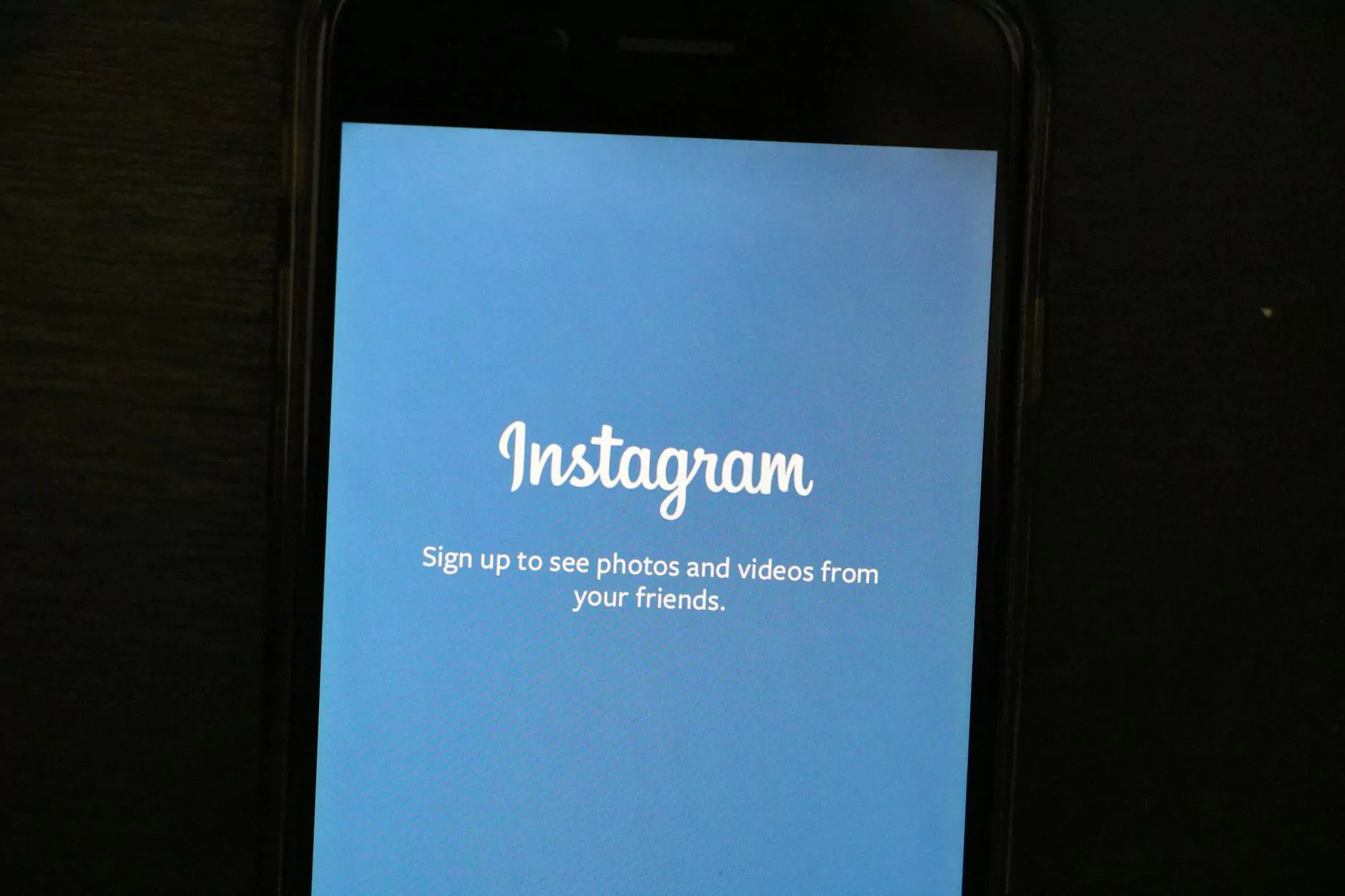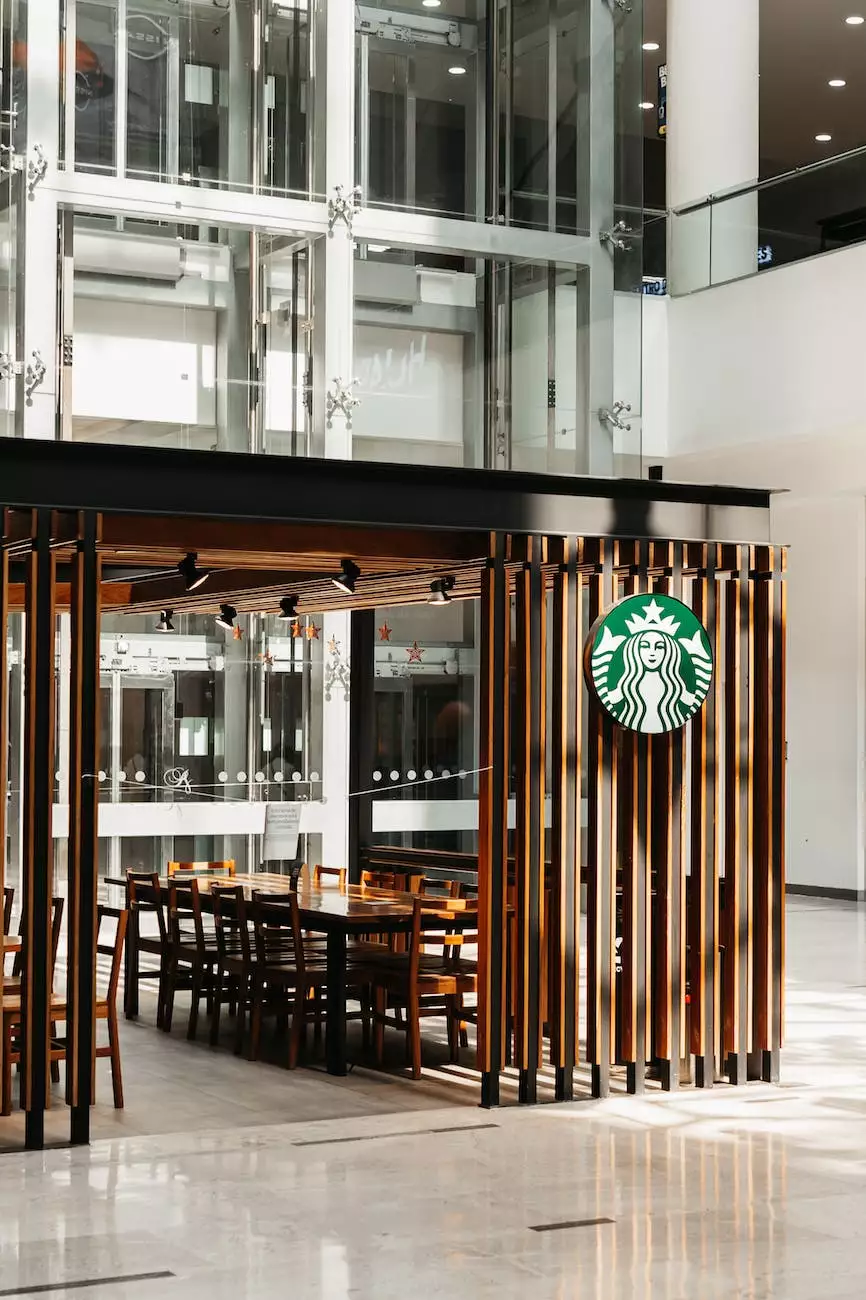How Graphic Design is Related to Branding
Blog
Introduction
When it comes to establishing a strong brand presence, graphic design plays a crucial role. Graphic design is not just about creating visually appealing elements; it is about creating an identity that resonates with your target audience. In this article, we will explore the relationship between graphic design and branding and how it can impact your business.
Defining Graphic Design
Graphic design is a form of visual communication that combines text, images, and graphics to convey a message effectively. It involves the use of various design elements, such as color, typography, and layout, to create visually appealing materials that capture and hold the viewer's attention.
The Importance of Strong Branding
Building a strong brand is essential for any business looking to thrive in the competitive market. A well-defined brand helps differentiate your company from competitors and creates a memorable impression on your target audience. Effective branding can lead to increased recognition, customer loyalty, and overall business growth.
The Role of Graphic Design in Branding
Graphic design serves as the visual representation of your brand. It encompasses everything from your logo and website design to your marketing materials, packaging, and social media graphics. The way you portray your brand through design elements significantly influences how your audience perceives and interacts with your business.
Logo Design
A well-designed logo is the cornerstone of any brand. It is typically the first visual element someone encounters when interacting with your business. Your logo should reflect your brand's personality, values, and overall message. It should be unique, memorable, and adaptable across different platforms and mediums.
Color Psychology
Colors evoke emotions and can convey specific messages. Understanding color psychology is crucial in selecting the right color palette for your brand. Each color has its associations and can create different reactions and perceptions. For example, red is often associated with energy and passion, while blue is associated with trust and reliability. By strategically utilizing colors in your design, you can evoke desired emotions and reinforce your brand identity.
Typography and Visual Hierarchy
The typography you choose for your brand can greatly impact its overall image. Fonts have different personalities and can evoke different feelings. Whether you opt for a classic serif or a modern sans-serif, the font you choose should align with your brand's values and target audience. Additionally, establishing a visual hierarchy through font sizes, weights, and styles can guide the viewer's attention and create a cohesive design.
Consistency and Cohesion
Consistency is key in branding. Regardless of the platform or medium, your brand design elements should remain consistent. This includes using the same fonts, colors, and imagery across all channels to create a cohesive and recognizable brand identity. Consistency builds trust and helps consumers associate specific design elements with your brand.
Creating a Memorable User Experience
Graphic design extends beyond visual elements; it also plays a vital role in creating a memorable user experience. User-centric design principles help in designing intuitive and visually pleasing interfaces that enhance user engagement and satisfaction. By incorporating user experience design into your branding efforts, you can leave a lasting impression on your audience.
Conclusion
Graphic design and branding go hand in hand. Through well-crafted design elements, you can effectively communicate your brand's values, establish a strong brand presence, and connect with your target audience on a deeper level. Investing in professional graphic design services can help your business stand out, increase brand loyalty, and ultimately drive long-term success.










